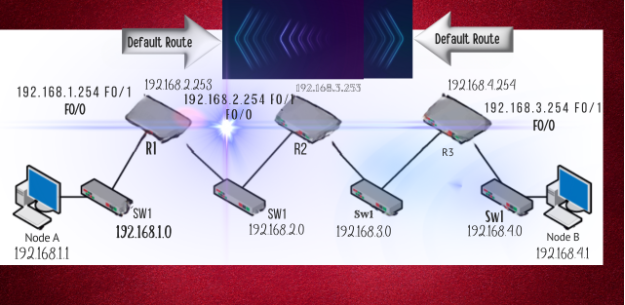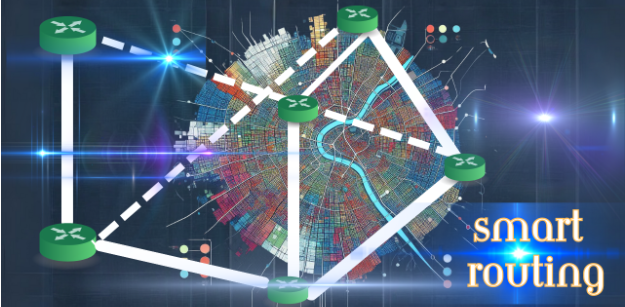Let’s take a moment to visualize yourself in a crowded, intricate city landscape, attempting to find the quickest route to your destination. Your best bet would be to rely on a GPS, right? In a similar vein, routing protocols are the GPS of the digital world, directing data traffic over the internet. And, standing tall among these protocols is the Intermediate System to Intermediate System (IS-IS).
IS-IS Unveiled
Consider it as the seasoned city guide who knows every nook and cranny of the internet city. It’s like having a local expert who knows all the shortcuts and pathways in a city. When it comes to directing data across the elaborate network web, IS-IS is your go-to guide.
IS-IS banks on ‘Link State Packets’ (LSPs) to stay updated on the network’s structure. It’s akin to having a live update of the city map. This way, IS-IS is always updated about the network’s inner workings and only communicates updates when there are changes, reducing redundant communication.
When pitted against other guides (or IGPs), IS-IS has a distinctive edge. For starters, it’s designed for large networks – like a city guide who can efficiently manage a large group. It also adapts to changes swiftly, ensuring that data always takes the most efficient route. Plus, its unique ability to prevent routing loops is like avoiding a detour that takes you back to the starting point.

Smart Routing: IS-IS
The Intermediate System to Intermediate System (IS-IS) protocol performs the mission of network routing in the incredibly complicated IS-IS protocol. It is a protocol for routing with many applications in the modern world, belonging to the class of routing protocols. Its operation provides a comprehensive and accurate map of the network topology, ensuring optimal data traffic management.
The link-state aspect of IS-IS allows it to maintain a thorough knowledge of the network’s structure. Each router in the network using it independently builds a comprehensive map of the network’s topology. Hence, this database is a basic inventory for the implementation of the Shortest Path First (SPF) algorithm as the SMST is used to compute the most efficient route for data packets.
It promotes rapid and more precise change as it adapts to the varied nature of the network. When an event occurs, then only the routers downstream of that incident may need to update their databases or reroute to find the best path. Provided with an updated view of the network, this router then sends the above information to other routers, and hence, every network node maintains an up-to-date view of the topology.

Key Principles That Drive IS-IS
Hierarchical Routing
The reason why IS-IS stands as an exceptional guide is due to its hierarchical mapping of the network. This is like categorizing a city into zones and districts for easier navigation. Not only does this simplify routing, but it also restricts any misdirection to a smaller area, preventing them from causing a network-wide disruption.
Wide Metrics
Another feather in the cap for IS-IS is its use of metrics. Imagine having a GPS that factors in traffic, road conditions, and even weather conditions to find the best route. That’s precisely what it does with metrics like bandwidth and delay. This means it can make more intelligent decisions and facilitate faster and more reliable data delivery.
Fast Convergence
Who enjoys a traffic jam? IS-IS helps you avoid this by recalculating routes swiftly when there’s a change in the network. It’s like having a GPS that immediately identifies an alternate route when there’s a roadblock. This feature, known as Bidirectional Forwarding Detection (BFD), ensures smooth movement, regardless of how frequently changes occur.
Security
Last but by no means least, IS-IS places a heavy emphasis on security. It employs authentication mechanisms, similar to a coded handshake, to ensure only authorized information is exchanged. This safeguard keeps your network protected from potential security threats.
Conclusion
In the bustling cityscape of network data, IS-IS is the city guide you can trust. Its key design principles make it a reliable choice for expansive and complex networks. From its hierarchical routing to its usage of wide metrics, rapid convergence, and robust security mechanisms, IS-IS has all you need to keep your network traffic flowing smoothly. So, when you find yourself needing to navigate the data traffic, remember, IS-IS is the expert guide to rely on.




